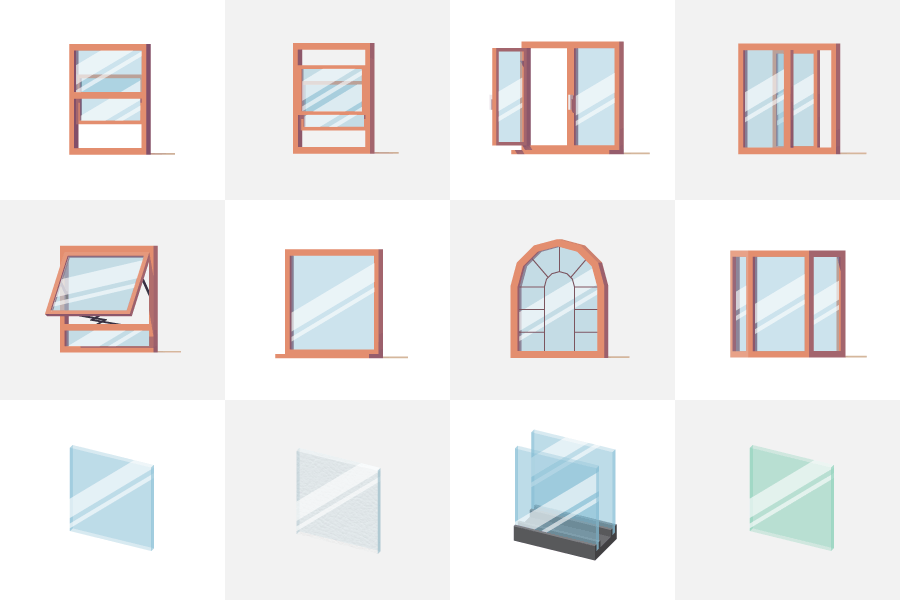One Of The Most Efficient Stress Washing Techniques For Numerous Surfaces
One Of The Most Efficient Stress Washing Techniques For Numerous Surfaces
Blog Article
Material By-Bryant Bock
When it pertains to push cleaning, the strategy you select can make all the difference in attaining a tidy, streak-free surface. You might locate that hard surface areas, like concrete, call for a different strategy than softer materials, such as wood or vinyl. It's necessary to adapt your techniques to the surface kind to prevent damage while making the most of cleaning effectiveness. So, what are the very best techniques for each surface area, and how can you guarantee you're making use of the best setups and tools for the task? Allow's discover what you need to recognize to obtain the very best outcomes.
Tough Surfaces
When it comes to pressure washing tough surface areas, preparation is essential. Prior to Read Home Page think of taking out the stress washing machine, make the effort to clear the location of any kind of particles, furniture, or challenges. You do not want anything getting in your means or potentially harmful your tools.
Next, evaluate the surface for any splits or damages; this will certainly assist you identify the right method and stress settings.
When you've prepared the location, it's essential to pick the ideal nozzle. For difficult surface areas like concrete or brick, a slim nozzle (15 or 25 levels) works best to offer a concentrated stream of water that can efficiently get rid of crud and spots. Constantly begin at a distance and slowly relocate better to avoid any kind of surface damage.
As you begin cleaning, keep the wand moving to stop streaks and over-saturation. It's additionally useful to function from the top down, enabling dirt and debris to remove normally.
Ultimately, remember to rinse the surface area extensively after cleaning to remove any kind of leftover cleaning agent. With these strategies, you'll accomplish a clean and renewed look on all your tough surface areas.
Soft Surfaces
Stress washing soft surfaces requires a gentler technique to shield them from damage. Whether you're cleaning your deck, patio furnishings, or home siding, using excessive stress can bring about dents, scratches, or perhaps permanent damage.
Beginning by choosing a low-pressure nozzle, preferably a 25-degree or wider spray pattern, to disperse the water more delicately.
Prior to you begin, it's critical to pre-treat any type of spots with an appropriate cleansing solution. This action allows the cleaner to permeate the dust and grime, making it much easier to get rid of without rubbing too hard.
Always apply the solution from the bottom approximately avoid streaking.
When you start pressure cleaning, keep a range of at the very least 12 to 18 inches from the surface area. Relocate your stick in a sweeping motion, maintaining it alongside the surface area to prevent concentrated stress on one place.
Rinse the location completely after cleaning up to get rid of any residual cleaner.
Finally, inspect the surface area for any missed out on spots and repeat the procedure if required. By complying with these steps, you can efficiently tidy soft surface areas while preserving their stability and appearance.
Specialty Surfaces
Cleaning soft surfaces requires care, however specialty surface areas demand a lot more attention to information. When you tackle these surface areas, like fragile wood, tarnished concrete, or certain sorts of exterior siding, making use of the ideal stress cleaning methods is vital to stay clear of damage.
First, examine the material. As an example, dealt with wood can frequently stand up to modest stress, but softer timbers like cedar may call for a reduced setup. Constantly begin with the lowest stress and progressively raise if needed.
For stained concrete, use a fan spray nozzle and preserve a consistent range to stop engraving the surface area.
When handling surface areas like vinyl exterior siding or painted surface areas, a wide spray pattern aids distribute the pressure uniformly, shielding the surface.
It's likewise a good idea to utilize detergents particularly made for specialized surface areas. They can boost cleaning without compromising the material.
Wash thoroughly after washing to remove any type of residue, as it can bring about staining or wear and tear over time.
Conclusion
To conclude, mastering pressure cleaning methods for different surfaces can make all the distinction in your cleaning results. For difficult surface areas, stick to narrow nozzles and a top-to-bottom approach, while soft surfaces require a gentler touch with larger nozzles. Don't neglect to pre-treat stains and rinse thoroughly to stay clear of residue. By adapting your techniques to each material, you'll not just accomplish a cleaner finish yet also shield the stability of your surfaces. Delighted cleansing!
